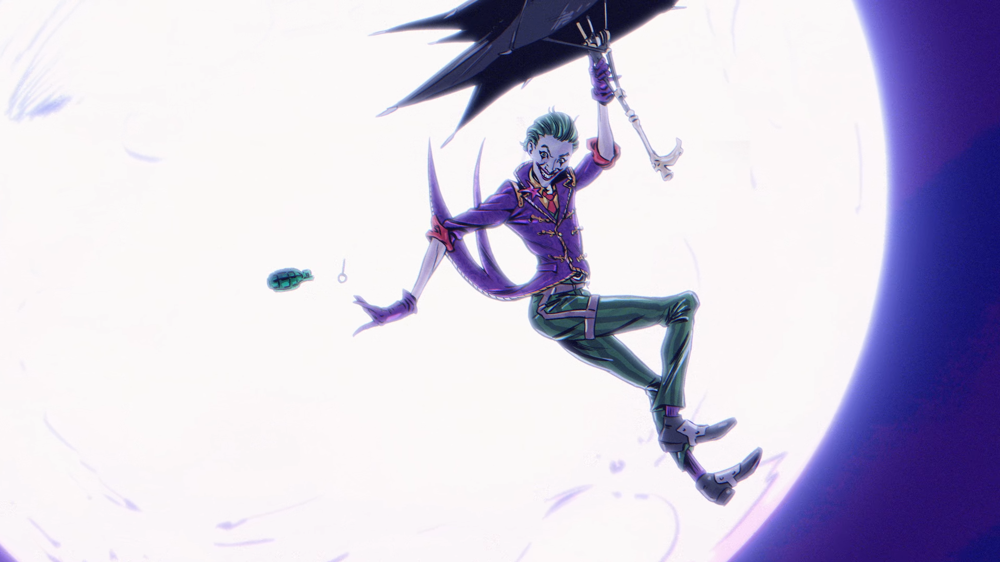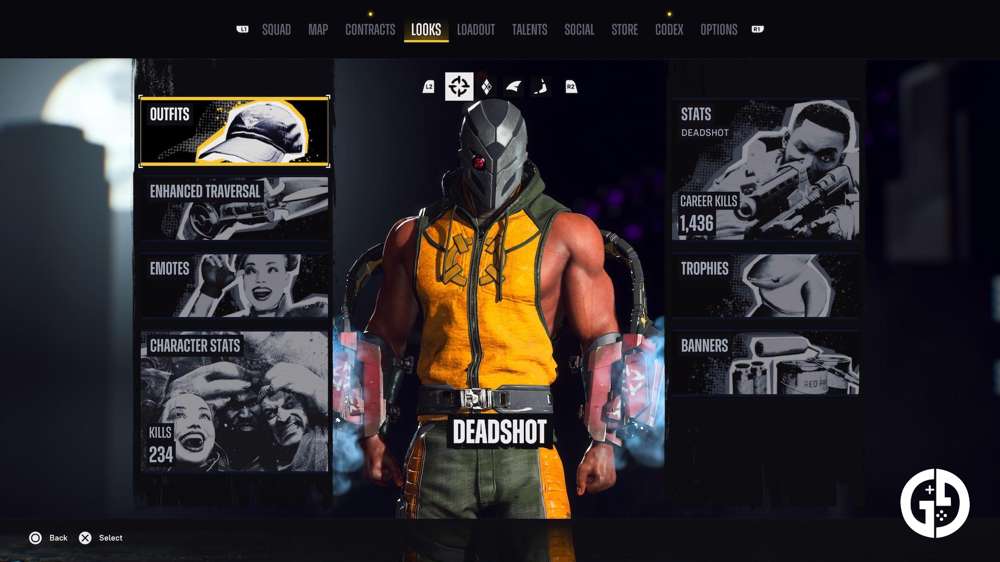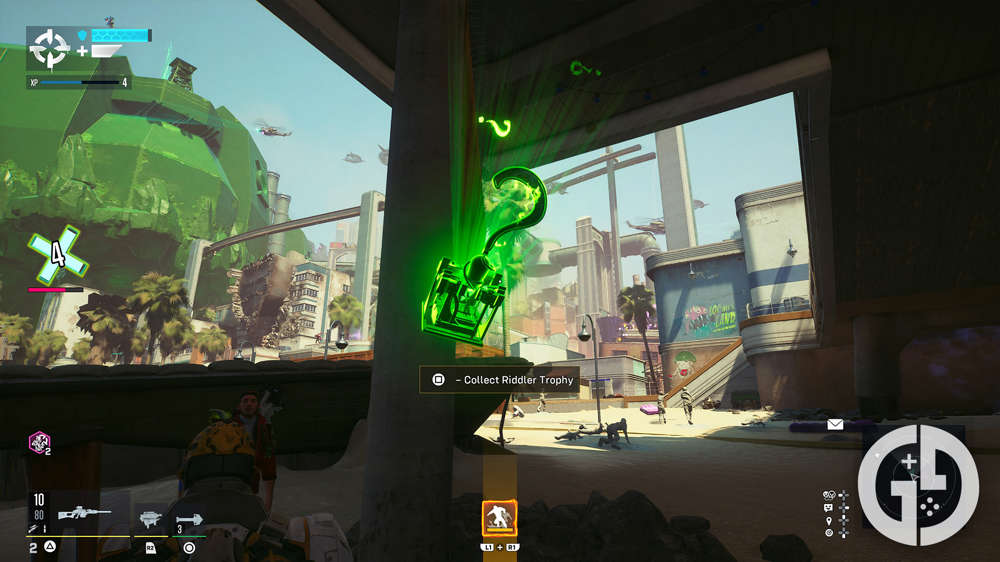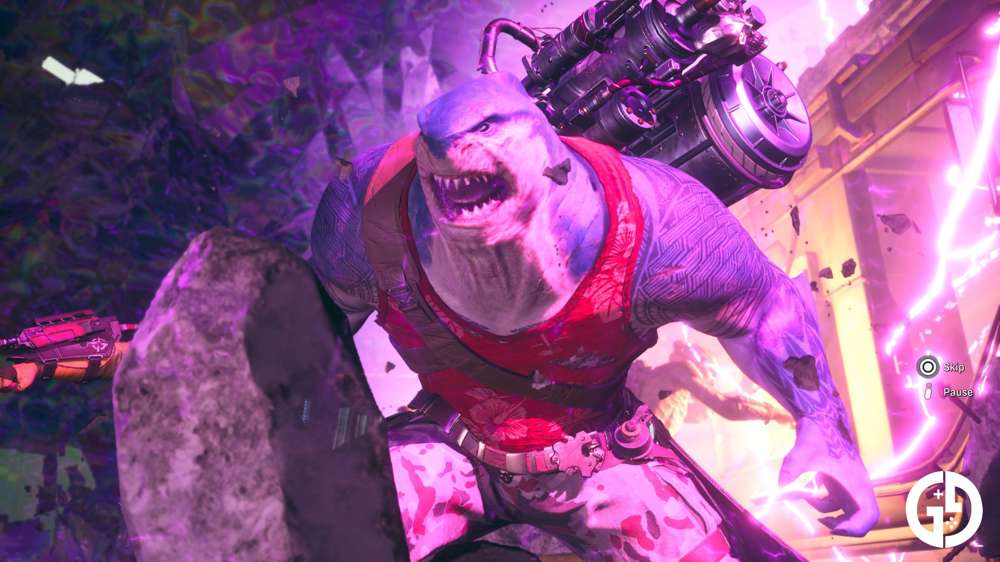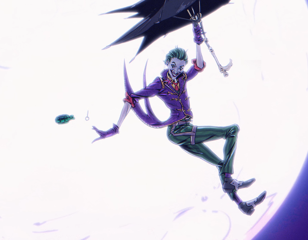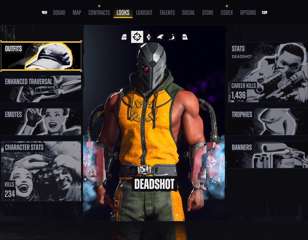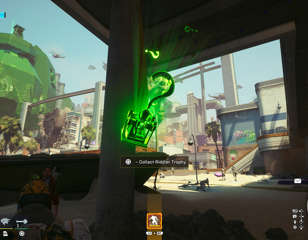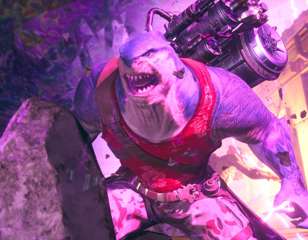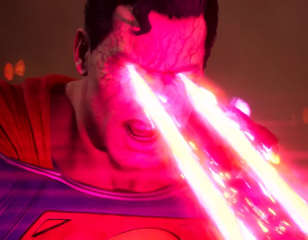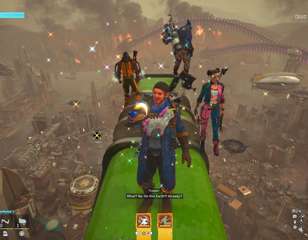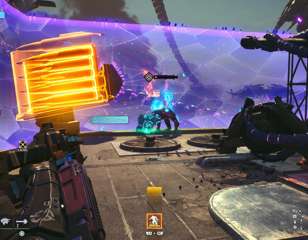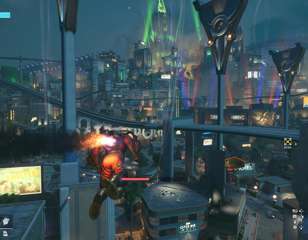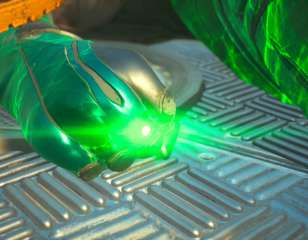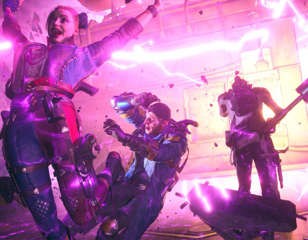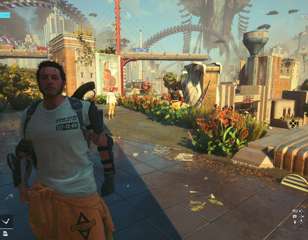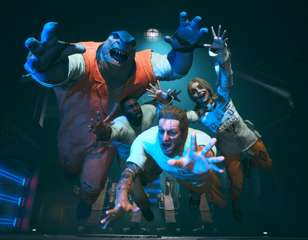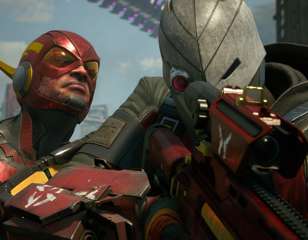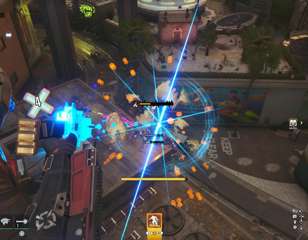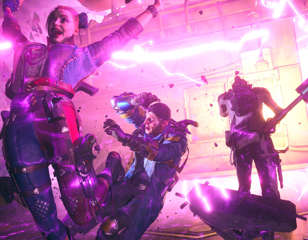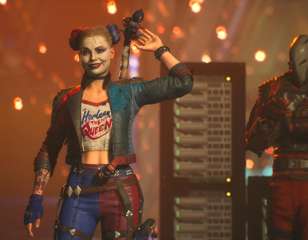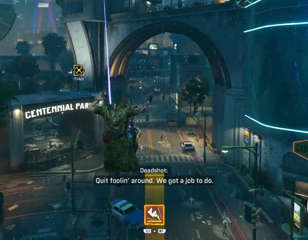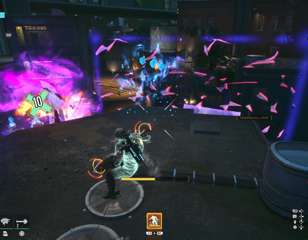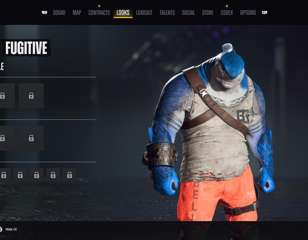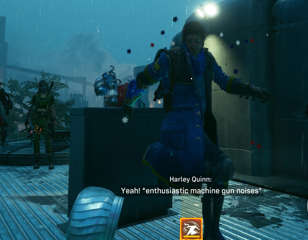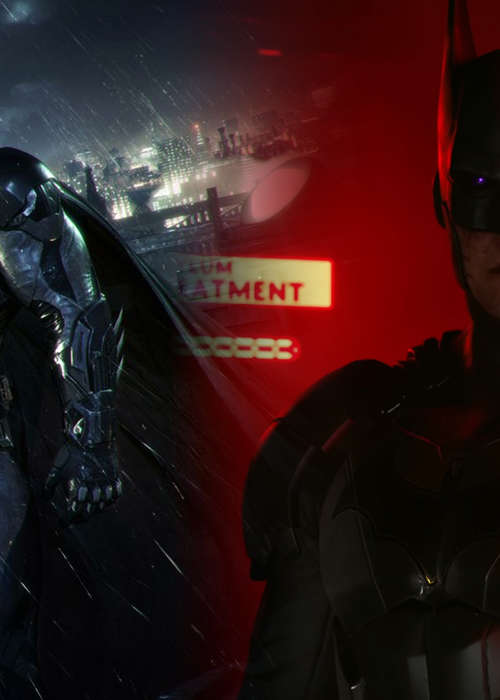
Is Suicide Squad: Kill the Justice League set in the Arkham-verse?
Suicide Squad: Kill the Justice League is the upcoming title from Rocksteady Studios, but is this new game a part of the same universe as the Arkham-verse?
We've heard that Suicide Squad: Kill the Justice League is set in the Arkham-verse, but what exactly does that mean? The obvious answer is that Suicide Squad takes place in the same DC universe as the Arkham games, but considering those games never really expanded beyond Gotham, that leaves many questions to be answered.
With many more DC characters appearing in the game than any of the Arkham games, we explore how Suicide Squad: Kill the Justice League fits into the Arkham-verse.
SPOILER WARNING: This article contains spoilers for Batman: Arkham Knight, as well as some story details shared in pre-release content for Suicide Squad: KTJL. We will warn you again before the spoilers come up, but if you want to stay completely spoiler-free, best to give this one a miss.
Where is Suicide Squad on the Arkham-verse timeline?
Suicide Squad: Kill the Justice League is a direct sequel to the Arkham games, taking place five years after the events of Batman: Arkham Knight. In the overall timeline of the Arkham-verse, this would place Suicide Squad roughly 17 years after Batman began his career around the time of Arkham Origins.
We know this first and foremost from the FAQ section of the Suicide Squad: Kill the Justice League website, which claims that the game "picks up the story five years after Arkham Knight".
How does the Arkham-verse tie into Kill the Justice League?
The Arkham games tell a very enclosed Batman story, so they never really address the world outside of Gotham City beyond small mentions and Easter eggs. There were hints of the existence of the other Justice League members in the Arkham games, although none of them made a direct appearance in the series.
Spoiler warning for the rest of this article, as there are important details from Arkham Knight that pertain heavily to the Suicide Squad game, as well as some details that have been revealed through trailers.
Batman returns
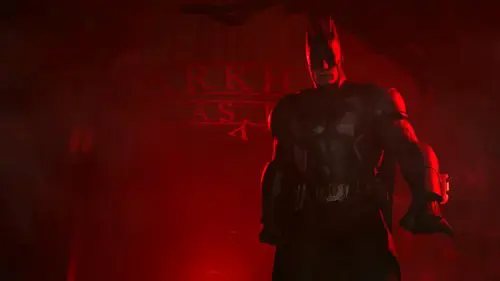
At the end of Arkham Knight, Batman is forced to reveal his identity as Bruce Wayne to the world, before seemingly dying in Wayne Manor's destruction. A post-credit scene shows what comes next, as a pair of criminals meet the "new" Batman. As the thugs shrug off the threat of what appears to be the Dark Knight on a building above, they are horrified as the figure begins to grow, spread its wings, and take on a monstrous form.
There has been much speculation about this cliffhanger since the release of Arkham Knight in 2015. The general consensus is that this new Batman, whether it is Bruce Wayne or not, has likely adopted Scarecrow's fear toxin to instil the fear that Batman once held over criminals. The conclusions were left up to the audience, but it seems with Suicide Squad we might get some definitive answers.
First of all, Batman has been confirmed to be part of the Justice League that is now under Brainiac's control. Following the tragic passing of Kevin Conroy, the long-time voice of Batman and specifically the voice of the Bat in the Arkham games, a trailer was released showing the Caped Crusader in all his mind-controlled glory.
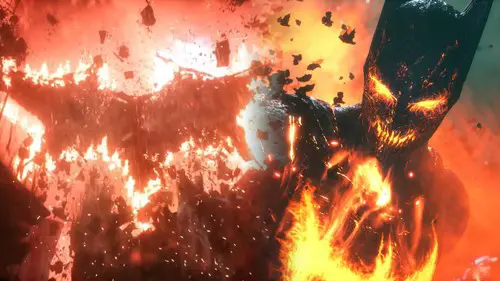
In the "No More Heroes" trailer, we see what appears to be a demonic form of Batman, highly reminiscent of the Scarecrow's induced hallucinations. This seems to confirm that Batman has begun to use some kind of trickery to make his foes believe he is something supernatural. In the first trailer where he appears in Suicide Squad, Harley Quinn refers to him as Bruce and seems completely unafraid, showing the damage done to Batman's aura in Arkham Knight still remains.
Batman is sure to play a pivotal role in Suicide Squad: Kill the Justice League, but he is likely to play second fiddle to the true end-boss of the League, Superman. Whether Batman's role will be more prominent due to his history of being the focus of Rocksteady games remains to be seen.
Of all the members of the Justice League, he would be the most likely to pull some kind of bait and switch. Perhaps he is a double agent under Brainiac, gathering intelligence so he can stop the Justice League himself? Who knows, you should never underestimate a billionaire with daddy issues.
Can't get rid of Ivy
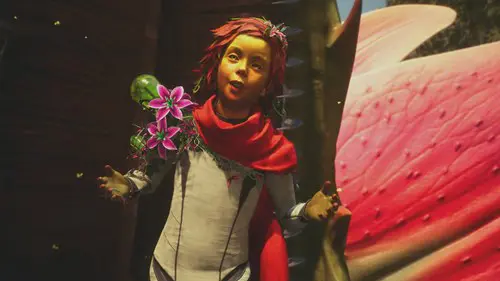
Another direct link we have to the Arkham games is Poison Ivy. In Arkham Knight, Ivy was effectively killed by Scarecrow in Gotham when he spread a toxin to kill her plants. However, a small sprout hinted that Ivy survived the incident.
In the second episode of the Suicide Squad Insider show, it was revealed that Ivy did indeed survive - in fact, she was more or less reborn. The new Ivy appears as a child and has little to no recollection of her past life as Pamela Isley.
The new Ivy appears to be a supporting character to the Squad, as she provides them with Afflictions; elemental effects that can be applied to grenades and used to differing results. Some can freeze enemies, while others will poison or set them on fire.
That is all we know so far about how Suicide Squad: Kill the Justice League ties into the Arkhamverse. For more on the game, head to our Suicide Squad homepage for info on topics like the release date for the game, and the recently announced appearance of Poison Ivy.

About The Author
Dave McAdam
Dave is a Senior Guides Writer at GGRecon, after several years of freelancing across the industry. He covers a wide range of games, with particular focus on shooters like Destiny 2, RPGs like Baldur's Gate 3 and Cyberpunk 2077, and fighting games like Street Fighter 6 and Tekken 8.

